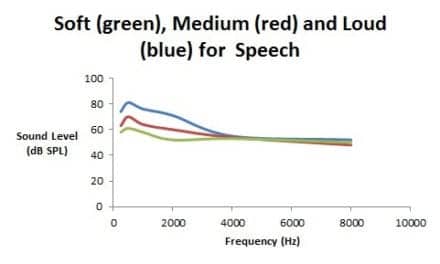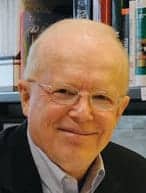Staff Standpoint | June 2018 Hearing Review
Once in a while, the cosmic tumblers of the universe click into place and make something you do actually look intelligent, or even prescient. Such was the case with my fortuitous badgering of Robert Traynor, EdD, for the lead story of this month’s edition of The Hearing Review, “Survival Strategies in a Competitive Hearing Healthcare Market, Part 1,” which presents his perspective on consolidation in the hearing industry. On May 16, as this edition of Hearing Review was going to press, Widex and Sivantos announced their plans to merge, resulting in what could be three large companies, each with around 25% global market share, at the top of a new “Big 5” (formerly “Big 6”) hearing aid industry structure. While it would be nice to claim I read the tea leaves and saw all this coming, the truth is I’m the beneficiary of dumb luck—and Dr Traynor’s kindness and work ethic for getting the article to us so quickly.
So, what does the merger mean? You can read about the specifics of the deal on pages 9-10. However, the larger question is if the proposed merger might lead to more industry consolidation via mergers and acquisitions. Market analysts are speculating it could lead Starkey Hearing Technologies’ founder Bill Austin to seek a corporate partner—speculation that has been ongoing for well over a decade. Starkey, currently the world’s 5th largest hearing aid manufacturer (Table 1), is estimated to have a global market share of about 11% (but considerably more in the United States). In the past, Austin and Starkey executives have been adamantly dismissive of such speculation, which has only intensified after the exodus of some prominent personnel and a bruising couple years of ugly court battles.
Historically, there have been a number of impediments to industry consolidation, most notably a German regulatory court ruling that in 2007 effectively blocked the would-be sale of GN to Sonova (the ruling was overturned in 2010, but too late to salvage the deal). However, another fact also looms large: the two smallest companies in the Big 6 are privately owned by families with very deep personal roots (one might go so far as to say “identities”) in hearing healthcare. And these histories have led to distinctive corporate cultures within Widex (owned by Denmark’s Tøpholm and Westermann families) and Starkey. While I agree with Dr Traynor that we live in a world where people perceive business as a rather coldhearted pursuit defined by hard cash—and echo his paraphrasing of Alfred P. Sloan that the goal of industry consolidation is “to make money…not just hearing aids”—anyone who knows the families of the Austins, Tøpholms, and Westermanns understands they are rightfully proud and fiercely dedicated to their companies’ legacies, and committed to helping those with hearing loss. Each company in the Big 6 has its own unique corporate culture that is different, sometimes radically so, from one another. Likewise, each potential merger has the possibility of adding to strengths and buttressing weaknesses in distribution and technology, as well as economies of scale, etc. For example, the Sivantos-Widex merger appears to pair two companies with compatible corporate cultures that have not been as heavily involved in retail (brick-and-mortar) ownership as other Big 6 companies.
I recently posted a blog that looks at select M&As during the past 25 years reported in the Hearing Review. It demonstrates that, although there has been a continuum of industry growth and consolidation during the past 20 years, there was definitely an unusual period of industry consolidation between 1999-2002 (see p 18 of Dr Traynor’s article). As companies reassess the competitive landscape, it’s possible we will see more major M&As and “Industry Consolidation, Act 2” in the next several years.
Citation for this article: Strom KE. Industry consolidation, Act 2? Hearing Review. 2018;25(6):6.
About the author: Karl Strom is editor in chief of The Hearing Review and has been reporting on hearing healthcare issues for nearly 25 years.








Good reading. Well done.
thanks that is a nice overview
Thank you for a very good analyses and overview.